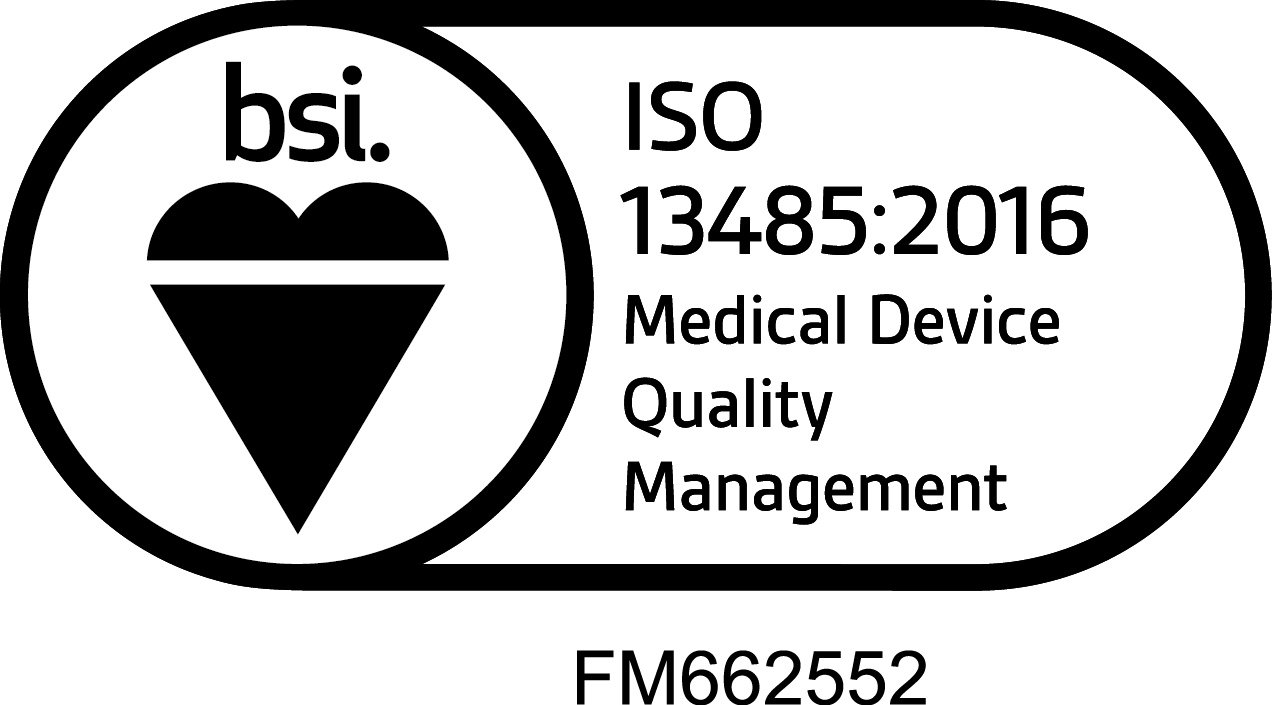Design intent drives clear communication that can improve device assembly and product results
When an engineer designs a device, they design it with intent. This intent includes how it will be used, how it will feel in a surgeon’s hands, and how it will help a patient.
Very often, why the part is being created and how it will be used can be lost as a design transitions from the engineer to the manufacturing partner. The design intent is not included in the print, which manufacturers rely on to develop a part.
Without the context of design intent, there can be additional challenges for a manufacturer as it strives to make the part as the engineer intended – especially when a part is one piece of an assembly.
By sharing the design intent of their product, medical device companies can improve communication with their suppliers, enhance device results and ensure their devices work as designed.
Share design intent to help avoid potential manufacturing challenges and assembly issues
Communicating design intent is one of the most important strategies that your company can use to enhance product results and build relationships with your contract manufacturers.
A medical device company’s engineering team will share how a device or part will be used, its intended function and the reasoning behind a design. The manufacturer uses this information to improve how the part is made, inspected and validated.
This information sharing is critical for manufacturers. When the time comes to manufacture a device or part of an assembly, working from the print often isn’t enough to understand what’s needed.
For example, the print doesn’t communicate if a screw needs to stick to the screwdriver to make sure it holds a vertical position for the surgeon. It doesn’t explain why a radius is needed on a feature, but the radius may be critical to ensure the part doesn’t cut a protective glove during surgery.
The importance of communicating design intent is further highlighted when a manufacturer is making part of an assembly.
It’s common for medical device companies to work with several contract manufacturers on different parts of an assembly. When a manufacturer reviews a print and design, it looks for ways to optimize the product development and manufacturing process. Sometimes this includes finding flexibility in the nominal or tolerances to reduce production costs.
The best way to ensure any optimizations make sense for the overall assembly is to understand how the parts and pieces work together as part of the design intent, and how any change in tolerance may affect tolerance stackups. If the tolerance stackup for the assembly is wrong, the piece will not fit together or work as intended. Making changes to the manufacturing process at this point in the project can lead to delays in time to market.
Sharing the entire device’s design intent with a manufacturer – rather than only a print of the part that’s being made – can reduce the risk that a part will be made to print and spec, but not fit with others in the assembly.
Discuss design intent before production begins
Design intent is a vehicle for communication. The time to discuss design intent is at the very start of a project, before any production has begun. At Lowell, design intent is part of our pre-production meetings.
During these discussions, stakeholders from the customer and manufacturer meet to talk through design and data requirements of a device.
From a design intent point of view, some criteria for discussion includes:
- The device’s function and intended use
- Complete review of the drawing and models, agreement on datums, and a focus on critical features
- Free or restricted movement of components in a complex assembly
- Instruments that interface with the device, and how they operate together
- Finishing, UDI part marking specs, fonts and timing marks
- Validation, first article requirements, sampling strategy and metrology matching
- Shipping and packaging instructions
By discussing these elements early in the process, manufacturers can better meet their customers’ requirements and help drive better device outcomes.
To learn more about how a design intent strategy can support better product results and effective manufacturing, download our white paper.

 13485:2016 Registered
13485:2016 Registered